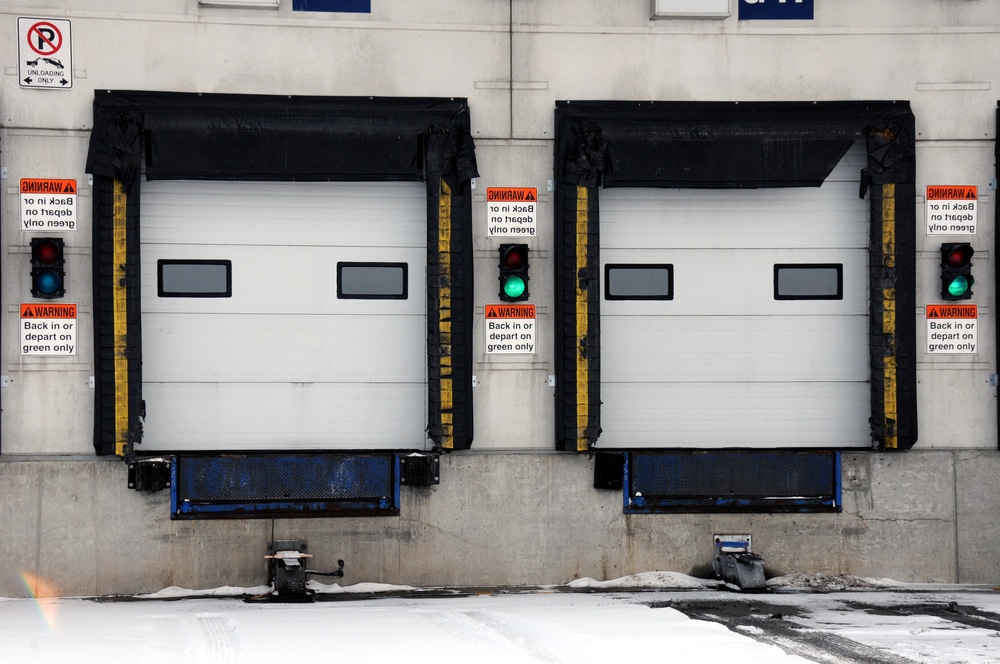The transportation industry is inherently dangerous. Whether you are on the road or at the loading dock, you have a variety of risk factors to consider. Backing accidents can result in personal injury, property damage, and increased insurance expenses.
Backing up a vehicle, whether it is an automobile or large truck, can be a difficult task with a lot of dangers involved. In fact, many accidents occur when vehicles are backing up at only 5 mph, due to blind spots, poor planning and lack of skill.
Tips for Safety
When you can avoid backing up, do so. Otherwise, follow these safety tips:
- Back up slowly and never hurry through the process. Keep the vehicle in control at all times.
- If you have doubts about what is behind you or if space is too tight, do not back up.
- Make use of your rearview mirrors and rear windows before and during the process; don’t hang out your door to look behind you.
- Back up only as far as needed and then proceed forward to move the vehicle the rest of the way.
- Back in and then drive out going forward when parking in a lot.
- Place a cone behind your vehicle when parking if you will need to back out later. This will allow you to maintain clearance if a vehicle parks behind you.
- If you are in a blind spot, beep your horn twice or sound your backup alarm before reversing.
- Watch out for overhead power lines or any other obstructions that you may come in contact with.
- Do not back around corners or exit ramps on the freeway.
- Walk around the entire vehicle looking for hazards and remove them if necessary.
- On the loading dock, turn off the truck engine to prevent the release of carbon monoxide and be sure the wheels are chocked.
Spotters
Strongly consider using a spotter when backing up your vehicle. When using a spotter, follow these general rules:
- Make contact with your spotter at all times. If you cannot hear and see him/her, do not back up until you can.
- Agree on hand signals that the spotter will use to signal you to back up and stop.
- Ask the spotter to walk around the vehicle and survey the backing area to check for hazards. Have him or her check your overhead clearance as well.
- Make sure the spotter is at least 8 feet away from the vehicle before you begin to back up.
Our Commitment to You
At Van Wyk Risk Solutions, we put your safety first. If you have any doubts about your safety on the job— regarding driving your vehicle or any other issues— do not hesitate to talk to your supervisor.
Reach out to us via telephone or via the form below for more risk management advice and/or safety resources. And be sure to follow us on LinkedIn and like us on Facebook for more industry news and tips!
Related Links:

